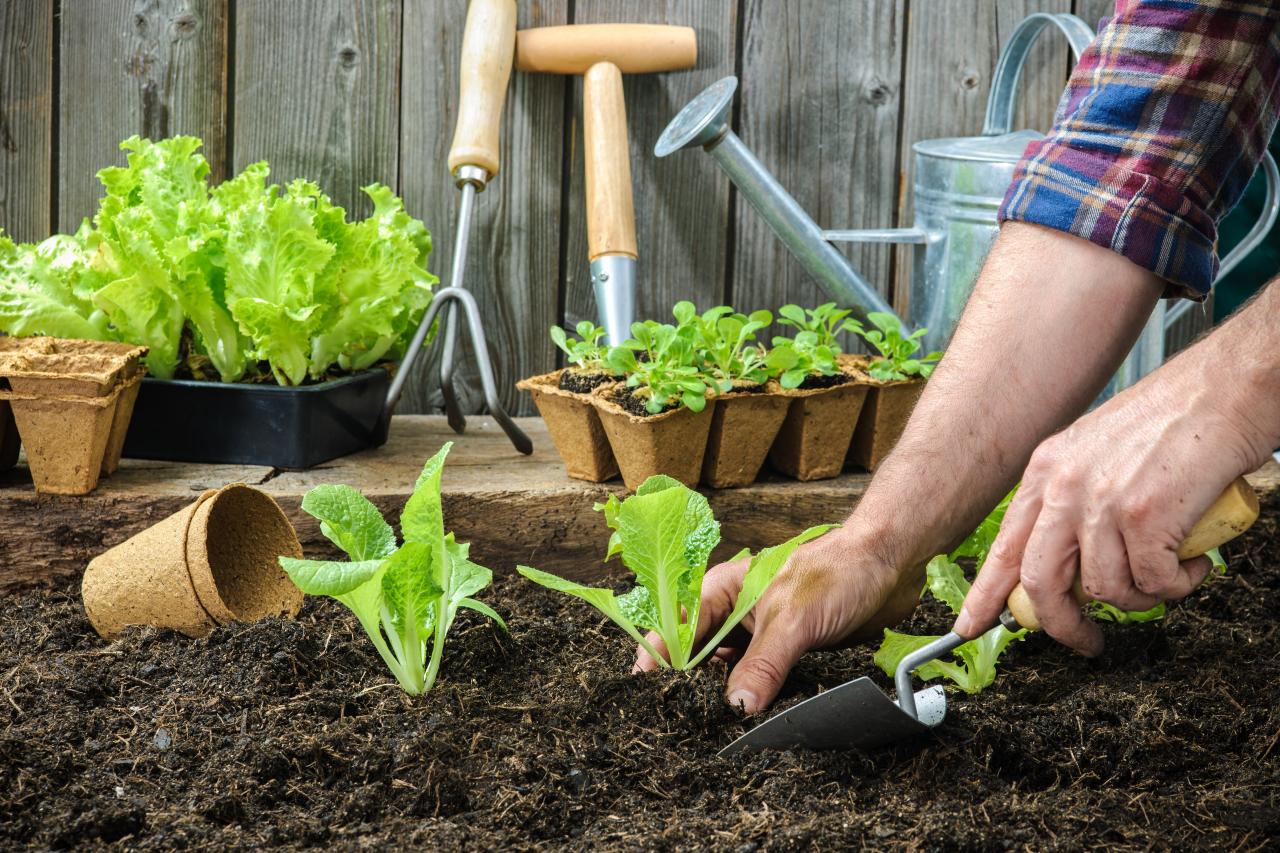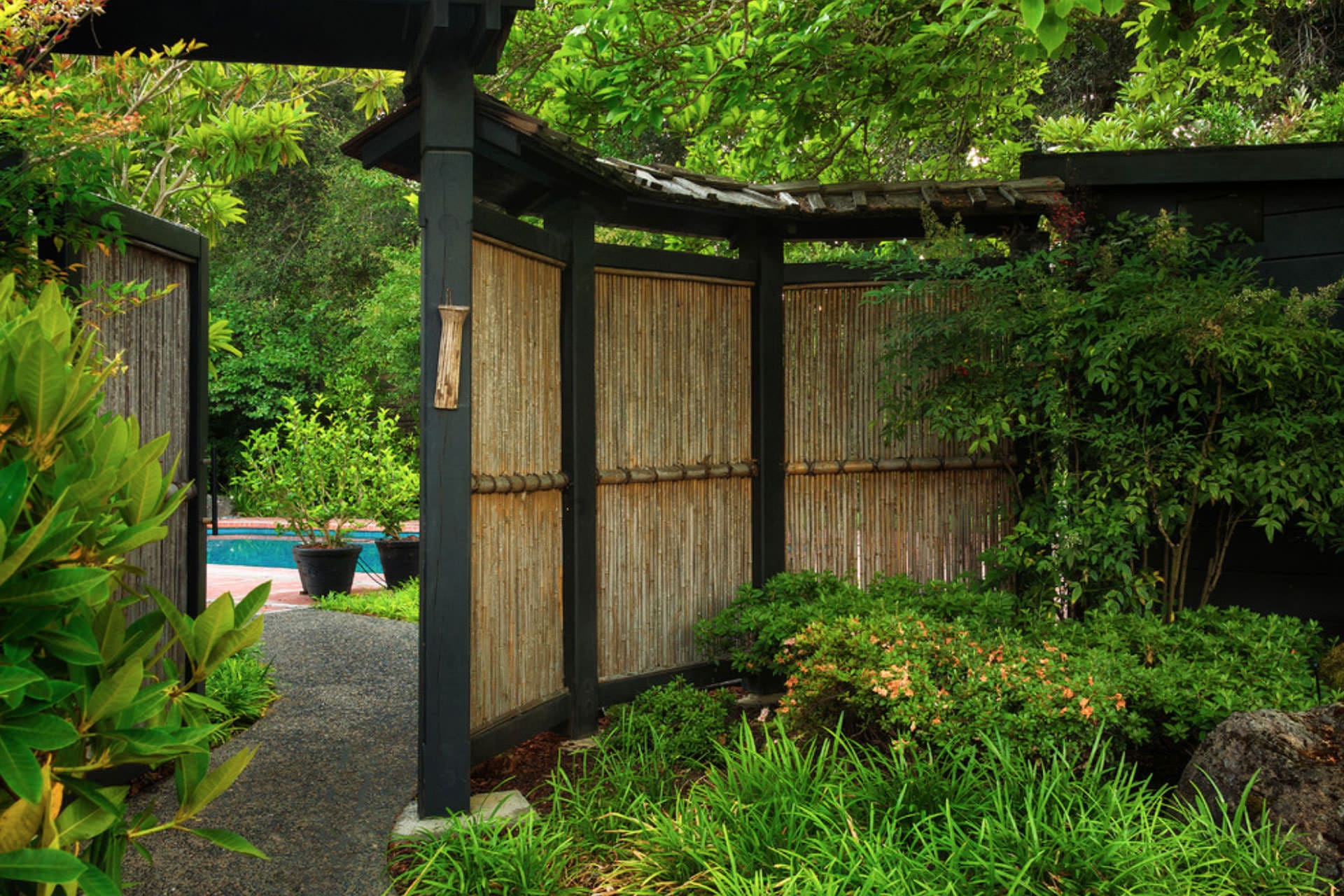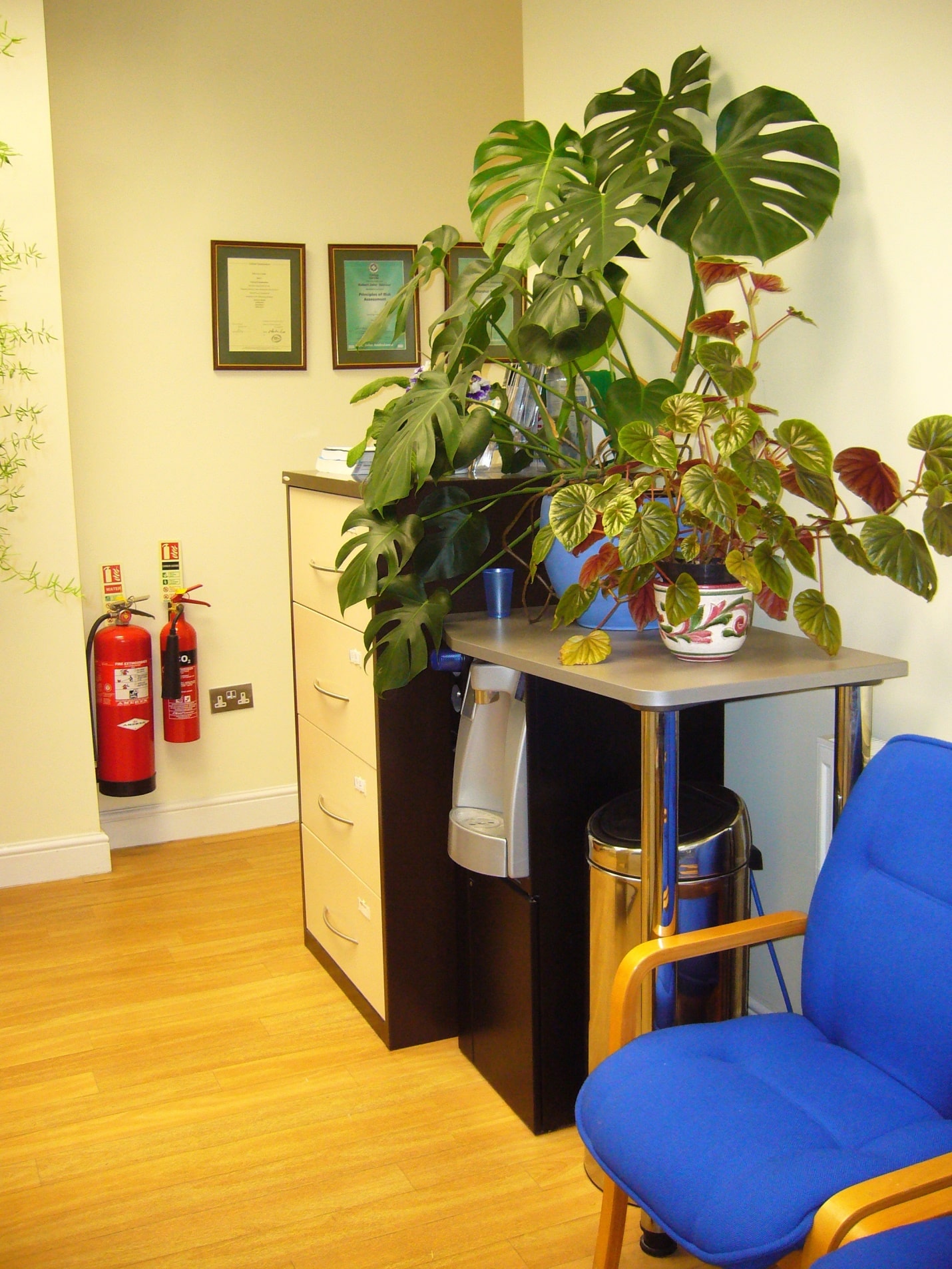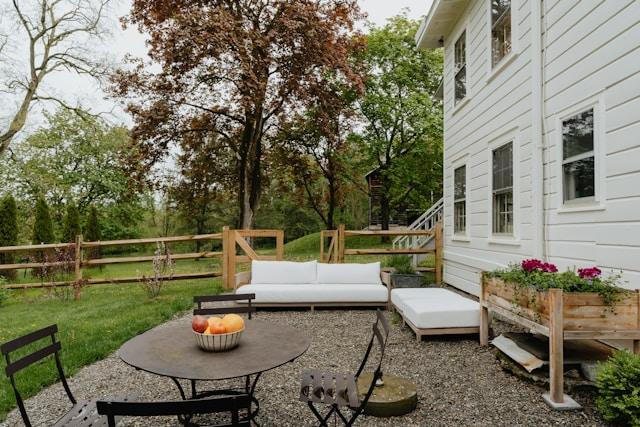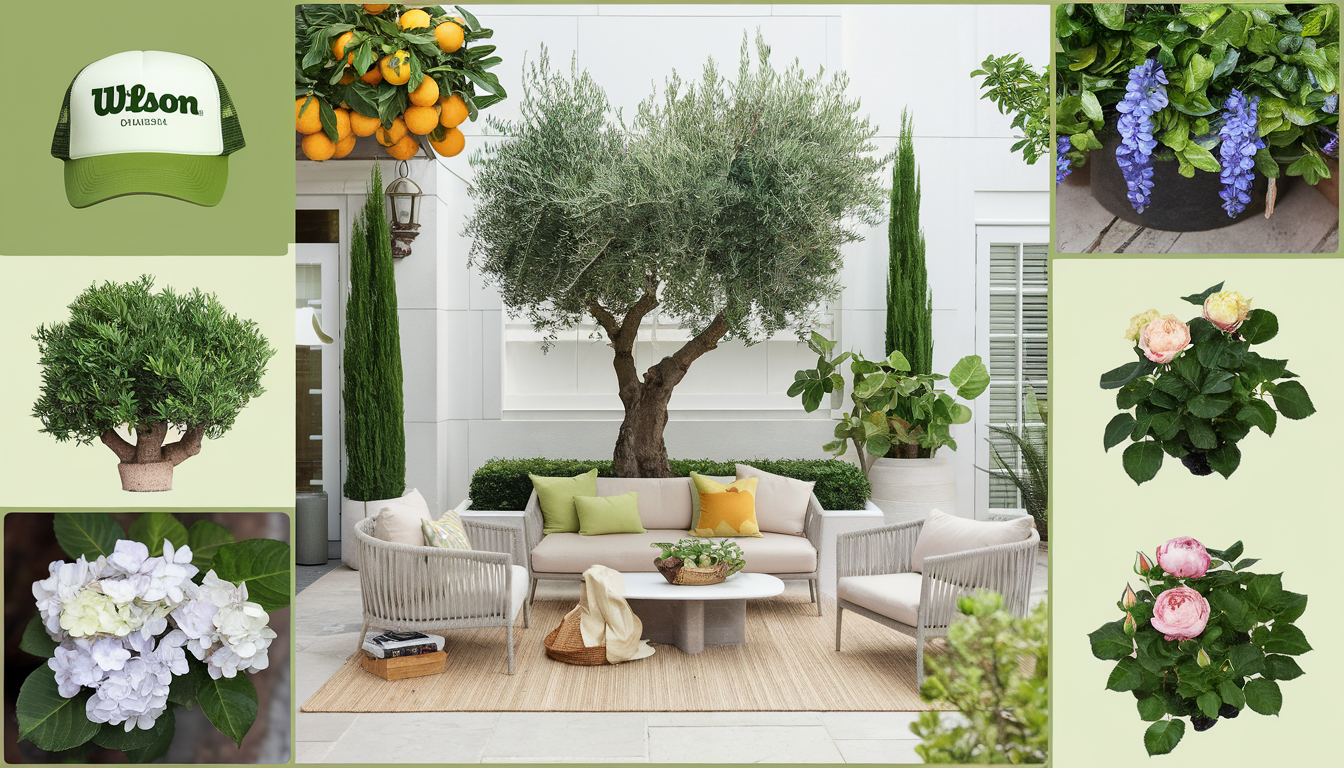Gardening for Sustainability: How Your Garden Can Help the Environment
In today’s world, where environmental consciousness is paramount, sustainable gardening has become more than a hobby. It’s a vital practice that marries the joy of gardening with our responsibility towards the Earth. This journey into sustainable gardening is not only about cultivating plants but also about nurturing a healthier planet.
As we delve deeper, we discover how each choice in our gardens contributes to a broader environmental impact. It’s a transformative process, turning every backyard or balcony garden into a potential ally in the fight for a greener future.
The Fundamentals of Sustainable Gardening
Sustainable gardening is grounded in practices that are kind to the Earth. It’s about moving away from methods that deplete resources and harm ecosystems. Instead, this approach embraces techniques that maintain and restore natural harmony. It focuses on long-term environmental health rather than short-term gains.
This gardening style differentiates itself from traditional methods through its emphasis on sustainability. It involves using resources thoughtfully, minimizing waste, and maintaining ecological balance. Sustainable gardening is a testament to the idea that our gardens can be beautiful and beneficial to the planet.
Environmental Benefits of Sustainable Gardening
Resource Conservation
At the core of sustainable gardening is the efficient use of resources. Water conservation is critical, achieved through rainwater harvesting and drip irrigation. By adopting these techniques, gardeners can significantly reduce water usage, conserving this vital resource.
Supporting Biodiversity
Another critical benefit is enhancing biodiversity. Sustainable gardens become mini-ecosystems, supporting a range of wildlife, from pollinators to birds. This biodiversity is crucial for a balanced ecosystem. By incorporating a variety of plants, especially native species, gardens can become thriving habitats for local fauna.
Implementing Sustainable Gardening Practices
Water-Saving Strategies
Incorporating water-saving strategies is vital in sustainable gardening. Choosing plants adapted to local climate conditions can reduce water usage. Furthermore, innovative irrigation methods, such as greywater, can contribute to efficient water management in gardens.
Organic Approaches
Embracing organic methods is another pillar of sustainable gardening. This means saying no to synthetic chemicals and using natural pest control and fertilization alternatives. Organic gardening keeps the garden healthy and protects the environment from potential chemical harm.
The Art of Composting
Composting is integral to sustainable gardening. It involves recycling organic kitchen and garden waste into rich soil. This process reduces waste and enriches the soil naturally, promoting healthier plant growth without chemical fertilizers.
Native Plant Cultivation
Cultivating native plants is beneficial for local ecosystems. These plants are adapted to the local environment, requiring less maintenance and resources. Native plants also provide the ideal habitat for local wildlife, contributing to the preservation of regional biodiversity.
Another way of improving sustainability in your home, is to grow your own food in your garden. To do this we recommend using small polytunnels to create the perfect environment for your crops.
The Role of Plant and Tree Nurseries in Sustainable Gardening
Plant nurseries are crucial in sustainable gardening, offering various plants, mainly native and drought-resistant species. These establishments serve as critical resources for those seeking eco-friendly plant choices and professional advice.
Moreover, the knowledge from a reputable plant and tree nursery about selecting suitable species for different settings is invaluable. This guidance helps gardeners implement sustainable methods, leading to eco-conscious and thriving gardens.
Designing a Wildlife-Friendly Garden
Creating a wildlife-friendly garden goes beyond planting a few flowers. It’s about crafting a habitat that provides shelter, food, and water for various creatures. Incorporating elements like native plants, birdhouses, and natural water sources can transform a garden into a haven for wildlife.
Planting flower seeds is a simple and effective way to create a wildlife-friendly garden that attracts and supports local species. By choosing native and pollinator-friendly flowers like daisies, marigolds, and wildflowers, you can provide essential nectar, pollen, and habitat for bees, butterflies, birds, and other beneficial creatures.
As these flowers bloom, they not only enhance the beauty of your garden with vibrant colors and textures but also contribute to a thriving ecosystem.
Such gardens support local ecosystems and bring the joy of observing nature up close. Watching birds, butterflies, and other wildlife can add a new layer of enjoyment to the gardening experience.
Community Involvement in Promoting Sustainability
Sustainable gardening becomes even more impactful when it extends beyond individual efforts. Community involvement, through shared gardens and knowledge exchange, multiplies the benefits. It creates a collective force driving towards environmental sustainability.
Engaging in community gardens and local initiatives fosters a sense of unity and purpose. It’s an opportunity to share experiences, learn from each other, and contribute to a more significant environmental cause.
Overcoming Challenges in Sustainable Gardening
While sustainable gardening has many rewards, it also comes with its challenges. Issues like pest control, adapting to local climates, and dealing with space limitations can be daunting. However, these challenges can be navigated successfully with research and community support.
Experimenting with different techniques and learning from failures are part of the sustainable gardening journey. Each challenge brings more excellent knowledge and satisfaction, contributing to personal growth and environmental well-being.
Conclusion
In conclusion, sustainable gardening is a powerful tool in the quest for environmental conservation. It goes beyond the aesthetics of gardening, addressing crucial environmental and ecological concerns. By adopting sustainable practices in our gardens, we cultivate plants and nurture a greener, healthier, and more sustainable future for our planet.
Sustainable gardening is not just a hobby; it’s a responsibility we carry as stewards of the Earth. With every choice we make in our gardens, we can minimize our environmental footprint and contribute to a more balanced ecosystem.

